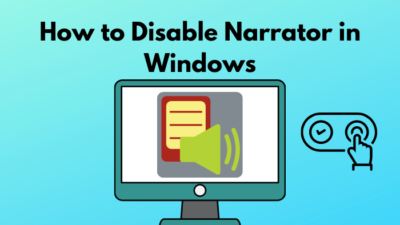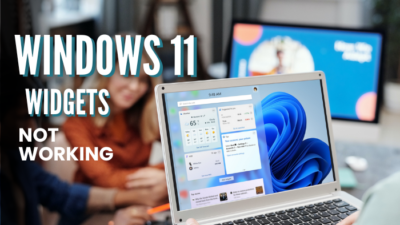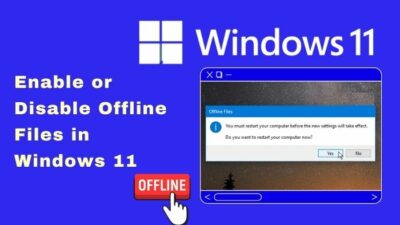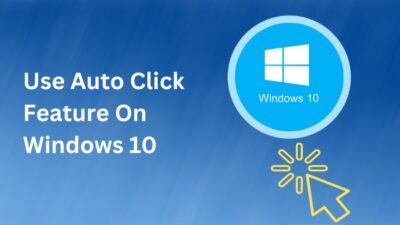You are hereafter your failed attempt at installing Windows 11 on your PC. You have nothing to worry about if you came across an error stating this PC can’t run Windows 11 because you can solve it by reading this article.
Why can’t I get Windows 11 on my PC?
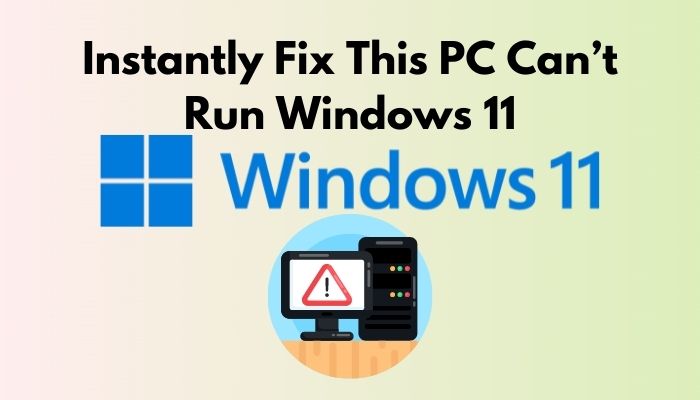
While this seems like an issue that has low recovery rates, I was able to eliminate this problem in less than five minutes so keep reading to find out how I achieved that.
Get yourself in the reading mood if you are not already by grabbing a cup of coffee and read the entire article instead of reading just a few sections to successfully fix the problem on your end.
How to Fix This PC Can’t Run Windows 11
The only way to solve this error is by enabling TPM and secure boot but an important point to note here is that, if your hardware doesn’t support this feature, no workaround will be able to force enable them.
Don’t freak out if your hardware doesn’t support these, because I will talk about how to install Windows 11 on incompatible hardware. I have to mention that Windows 11 will not provide the best experience when using this installation method since it’s not official.
Here are the steps to fix this PC can’t run Windows 11:
1. Check If Your PC Supports TPM and Secure Boot
The first thing you need to do is determine whether your hardware is TPM and secure boot capable.
Follow these steps to Check if Your PC Supports TPM and Secure Boot:
- Use the ‘Windows Key + R’ shortcut to launch a Run window, type ‘tpm.msc’ in the textbox and click OK.
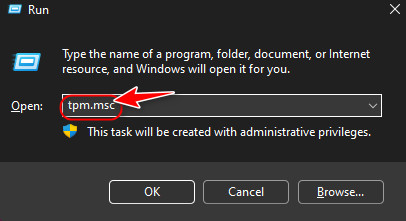
- Click on Status and note the message that appears. If it says ‘The TPM is ready for use’, you don’t have to worry about enabling TPM. Otherwise, TPM is probably disabled so you need to enable it manually.

Check out the easiest way to Fix Installation Failed Error 800f0830 on Windows 11.
2. Enable TPM 2.0
After you have determined that Trusted Platform Module 2.0 is disabled in your PC, you should enable it to unlock the ability to install Windows.
Here are the steps to enable TPM 2.0:
- Turn off your PC if it’s running.
- Switch on your computer while pressing the Esc key repeatedly. Stop when you see a small list of options appear. Look for the key next to BIOS setup or something similar and press it on your keyboard.
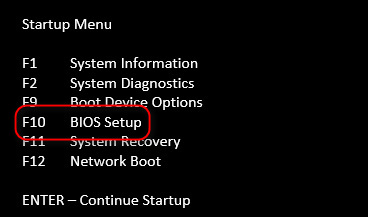
- Switch to the Security or a similar tab on your BIOS setup.
- Look for any TPM settings, including TPM Device or TPM security. If you are using an Intel or AMD CPU, you might see PTT, Intel Trusted Platform Module Technology or AMD fTPM switch instead.
- Click on the TPM option and enable it. You need to be careful not to erase any TPM data in the process as that could lead to a huge security issue.
- After that, save the current settings by looking for a save option or pressing the key next to Save.
Also, check out the easiest way to Fix Function Keys Stopped Working on Windows 11.
3. Enable Secure Boot
In order to enable secure boot, you will need to access the BIOS settings first, like the process to enable TPM.
Here are the steps to enable secure boot:
- Go to the BIOS menu following the same steps as above by pressing the Esc key repeatedly while your PC is powering on.
- Go to the Advanced option inside your BIOS setup.
- Look for Secure Boot under Boot options and enable the toggle for it.
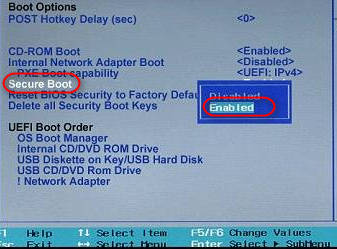
- Exit the BIOS mode after making sure the changes are saved.
After these steps, you shouldn’t be facing any issues stating that your PC is unable to run Windows 11.
However, not all PCs support TPM and Secure Boot so if you were unable to find one or both of these options in your BIOS, it’s likely you will face the same error when you retry.
You still have nothing to worry about if you read the next section because I will show you how you can run Windows 11 without having to worry about getting this type of error.
How to Install Windows 11 Without TPM And Secure Boot
You can install Windows 11 without TPM and Secure Boot by bypassing default Windows restrictions. This can be done using a popular software named Rufus. This creates a Windows installation media that works on any PC without any restrictions.
In addition to that, you will also require a minimum of 8 GB pendrive before you proceed.
Here are the steps to install Windows 11 without TPM and Secure Boot:
- Launch any browser according to your preference and navigate to the Google homepage.
- Type in ‘Rufus download’ and click on the Search button.
- Among the million search results, click on the very first one and then click on the Rufus download button.
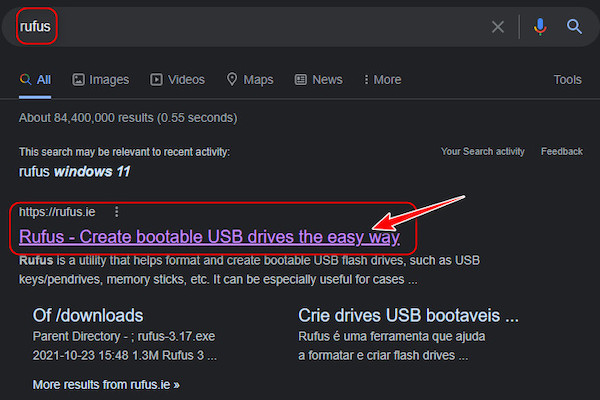
- Once that finishes downloading, switch back to Google and search for the keywords ‘Windows 11 download’. Again, select the first result.
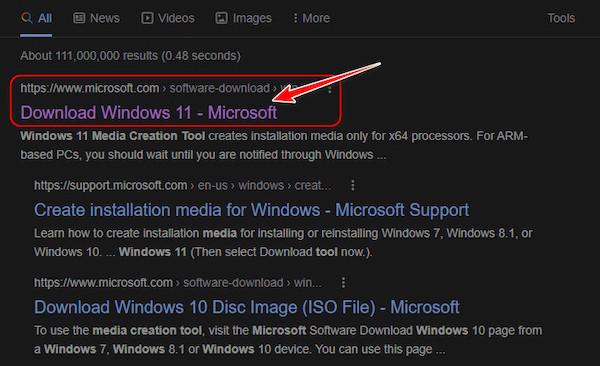
- Look for the subheading titled ‘Windows 11 Disk Image’ and select Windows 11. Then, click on the Download button to initiate the download process.
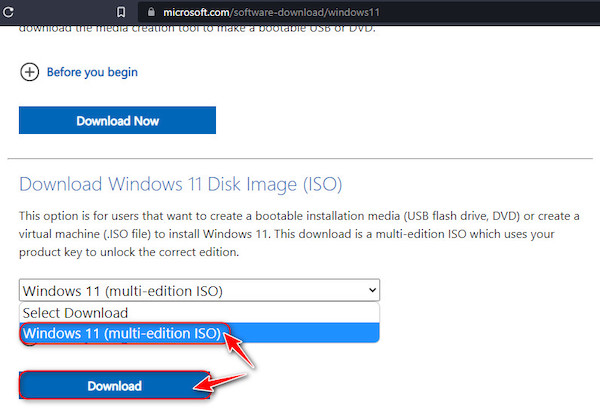
- While the download process is running in the background, launch a system information app using the Start menu.
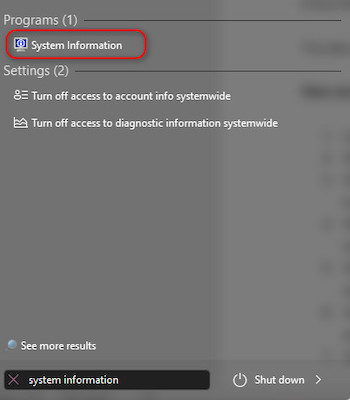
- Look for the value next to the BIOS mode and memorize it for future use.
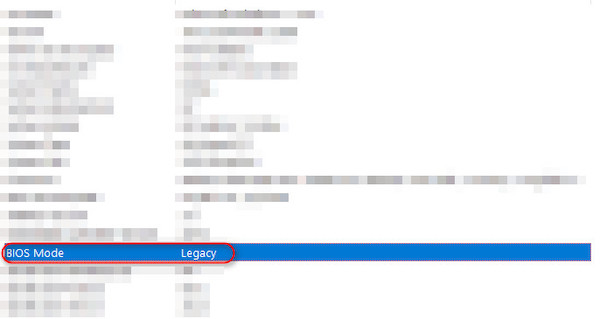
- Once the Windows iso finishes downloading, double-click on the Rufus exe file to launch it.
- Connect your pen drive to the PC and select it in Rufus. Next, use the Select button to locate and choose the Windows ISO file that you downloaded moments ago.
- If the BIOS mode value was legacy in step 7, then choose the MBR partition scheme. In other cases, select GPT before proceeding.
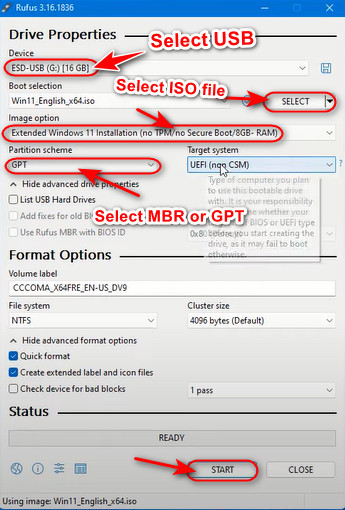
- The last step you need to do is expand the drop-down menu below the Select button and choose Extended Windows installation before clicking on the Start button.
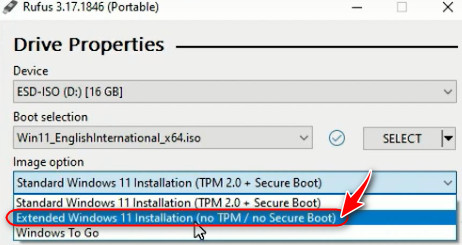
- After about 15 to 30 minutes, depending on your processor, the flashing should be complete. Now, you can use this pen drive to install Windows on any compatible or non-compatible PC.
FAQ
Can I install Windows 11 without TPM?
Yes, you can install Windows 11 without TPM using the method I mentioned above. However, it’s important to note that this isn’t an official method by any means so it can be a little risky.
Can I install Windows 11 if the processor is not supported?
Yes, you can install Windows 11 if the processor is not supported if you create a bootable Windows installation. While this is possible, I would never recommend doing this because it could lead to major performance issues due to lack of compatibility.
How can I install Windows 11 for free?
You can install Windows 11 for free just by patiently waiting for the upgrade to arrive on your PC. Windows 11 is completely free for all users running the latest version of Windows 10 so you don’t have to do anything extra to get it for free.
Is Win 11 slower than Win 10?
No, Win 11 is not slower than Win 10. I can say this with certainty because I have been using this for more than 3 months and I have noticed that the smoothness and app loading times are actually much quicker than Windows 10.
Does Windows 11 use less RAM than Windows 10?
No, Windows 11 does not use less RAM than Windows 10. It’s actually the opposite and that’s not necessarily a bad thing. It’s true that you have less free space available but that is occupied to keep your PC flowing smoothly without any stuttering.
Do I need to keep Windows old?
No, you don’t need to keep the Windows old folder. However, before you delete it, you might want to explore the folder and move any files from your previous Windows installation. Once that’s done, there won’t be any regrets after deleting the folder.
Final Thoughts
Microsoft has gone out of its way to make it easier for us to install the latest version of Windows, but their tools can give out error messages to certain people. Thankfully, there are workarounds to get through this issue.

